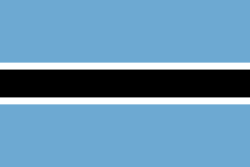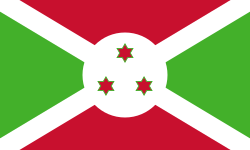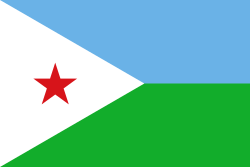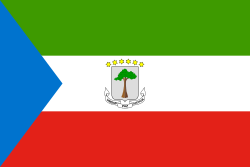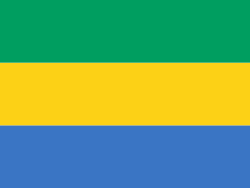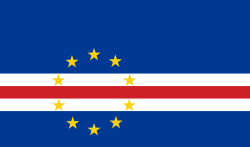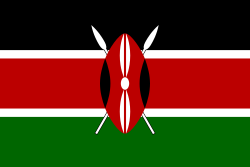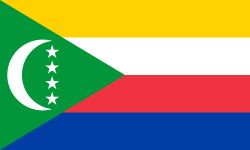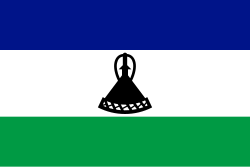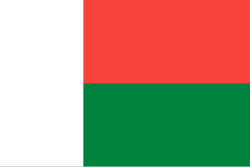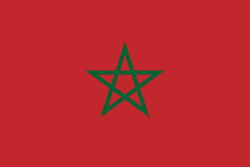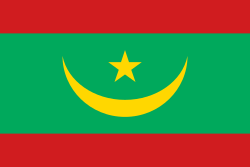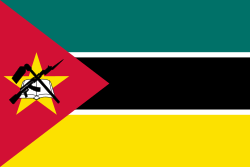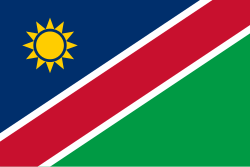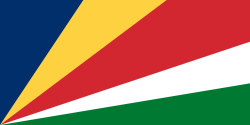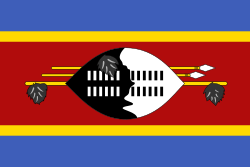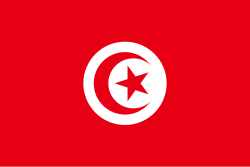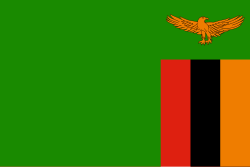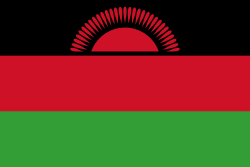Afrikanska utvecklingsbanken
| Afrikanska utvecklingsbanken | |
 | |
| Förkortning | AfDB |
|---|---|
| Grundad | 1964 |
| Typ | Internationell organisation |
| Juridisk status | Aktiv |
| Syfte/fokus | Regional utveckling |
| Säte | Abidjan, Elfenbenskusten |
| Medlemmar | 82 länder |
| Officiella språk | Engelska, Franska |
| Webbplats | www.afdb.org |
Afrikanska utvecklingsbanken, (engelska: African Development Bank (AfDB)), är en regional utvecklingsbank, bildad 1964. Ursprungligen var banken avsedd för afrikanska länder men 1982 öppnade den upp även för andra länder.
Bankens syfte är att minska fattigdom genom att främja ekonomisk och social utveckling i de afrikanska medlemsländerna. Detta görs genom investeringar i exempelvis "jordbruk och landsbygdsutveckling, utbildning och hälsa samt stöd till utveckling av den privata sektorn". Vidare ska verksamheten ta hänsyn till jämställdhet, miljö och god samhällsstyrning.[1]
Lån
Bankens lån fördelade sig 2005 över olika slags projekt enligt följande:[2]
- Infrastruktur 39,4%
- Sektorövergripande 15,2%
- Jordbruk och landsbygdsutveckling 13,3%
- Social sektor 13,4%
- Finansväsende 12,5%
- Environment 4,3%
- Industri, gruvdrift och stenbrott 2,0%
Medlemsstater
År 2023 var 54 afrikanska länder medlemmar i AfDB.[3] Därtill var ytterligare 28 icke afrikanska länder medlemmar.[4]
*Endast medlem i ADFDe 28 icke-afrikanska medlemsländerna
Referenser
- ^ ”Afrikanska utvecklingsbanken - Uppslagsverk - NE.se”. www.ne.se. https://www.ne.se/uppslagsverk/encyklopedi/l%C3%A5ng/afrikanska-utvecklingsbanken. Läst 24 januari 2023.
- ^ AfDB's 2005 Annual Report.
- ^ Bank, African Development (11 juli 2018). ”Countries” (på engelska). African Development Bank - Building today, a better Africa tomorrow. https://www.afdb.org/en/countries. Läst 24 januari 2023.
- ^ Bank, African Development (7 mars 2019). ”Non-Regional Member Countries” (på engelska). African Development Bank - Building today, a better Africa tomorrow. https://www.afdb.org/en/countries/non-regional-member-countries. Läst 24 januari 2023.
Media som används på denna webbplats
Burkina Fasos flagga
Flag of the Ivory Coast, written by Jon Harald Søby, modified by Zscout370. The colors match to what is reported at http://fotw.vexillum.com/flags/ci.html.
Flag of Mauritania, adopted in 2017. The National Assembly added red stripes to the top and bottom edges to represent “the blood shed by the martyrs of independence”.
Flag of Namibia
Flag of Rwanda. The flag ratio is 2:3 with the stripes being 2:1:1. Colors are the following officially: Pantone 299 C 2X (blue), RAL 6029 (green), RAL 1023 (yellow) and RAL 1003 (golden yellow). (As of 03/08/2010, the only color used is the Pantone 299 C, which is from here. The rest of the colors are RAL shades from here.)
Flag of São Tomé and Príncipe
Flag of Senegal
Färg som används: National flag | South African Government and Pantone Color Picker
| grön | rendered as RGB 0 119 73 | Pantone 3415 C |
| gul | rendered as RGB 255 184 28 | Pantone 1235 C |
| röd | rendered as RGB 224 60 49 | Pantone 179 C |
| blå | rendered as RGB 0 20 137 | Pantone Reflex Blue C |
| vit | rendered as RGB 255 255 255 | |
| svart | rendered as RGB 0 0 0 |
Flag of South Sudan (originally of the Sudan People's Liberation Army/Movement)
The civil ensign and flag of Belgium. It is identical to Image:Flag of Belgium.svg except that it has a 2:3 ratio, instead of 13:15.
Författare/Upphovsman: Gutten på Hemsen, Licens: CC0
Flag of Norway with colors from the previous version on Commons. This file is used to discuss the colors of the Norwegian flag.
Flag of Portugal, created by Columbano Bordalo Pinheiro (1857–1929), officially adopted by Portuguese government in June 30th 1911 (in use since about November 1910). Color shades matching the RGB values officially reccomended here. (PMS values should be used for direct ink or textile; CMYK for 4-color offset printing on paper; this is an image for screen display, RGB should be used.)



